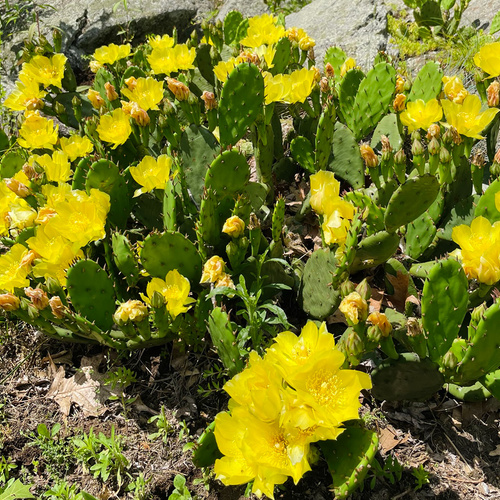For all its virtue, there’s an unfortunate irony in the shift toward gardening with native plants. Even as we add more to our cultivated landscapes, we continue to lose habitat and species populations in the wild. Development, invasive plants, changing environmental conditions, and even specimen collection have diminished our native flora. Here’s a profile of a few endangered native plants in the Northeast.
Showy lady’s slipper
Cypripedium reginae
Zones: 2–7
Size: 1 to 3 feet tall and 1 to 2 feet wide
Conditions: Partial shade; moist but well-draining soil
Conservation status range: S1 (extremely rare)– S3 (uncommon)
If there were a supermodel representative for rare plants, certainly it would be the lady’s slipper. Even our more common species, the pink lady’s slipper (Cypripedium acaule, Zones 3–8), elicits oohs and aahs from most any hiker. Showy lady’s slipper, as indicated by both the common name and the species epithet ‘reginae’ (queen), is a particularly large and beautiful orchid. It grows slowly but can form impressive and ancient clumps in the damp soils it prefers.
There are numerous threats to this precious species, including wetland destruction, deer overpopulation, and invasive plants. In a perfect example of the fragility of ecosystems, there’s even evidence that a non-native skipper butterfly can get stuck inside the flower, blocking the way for native bee pollination. Showy lady’s slipper is available through nurseries, but if you’re thinking of growing this challenging orchid, be sure to confirm that the plants haven’t been wild collected. This is illegal throughout its native range and contributes to the decline of this species.
Related Links:
The Growing Problem of Botanical Theft
Deer-Resistant Plants for Your Region
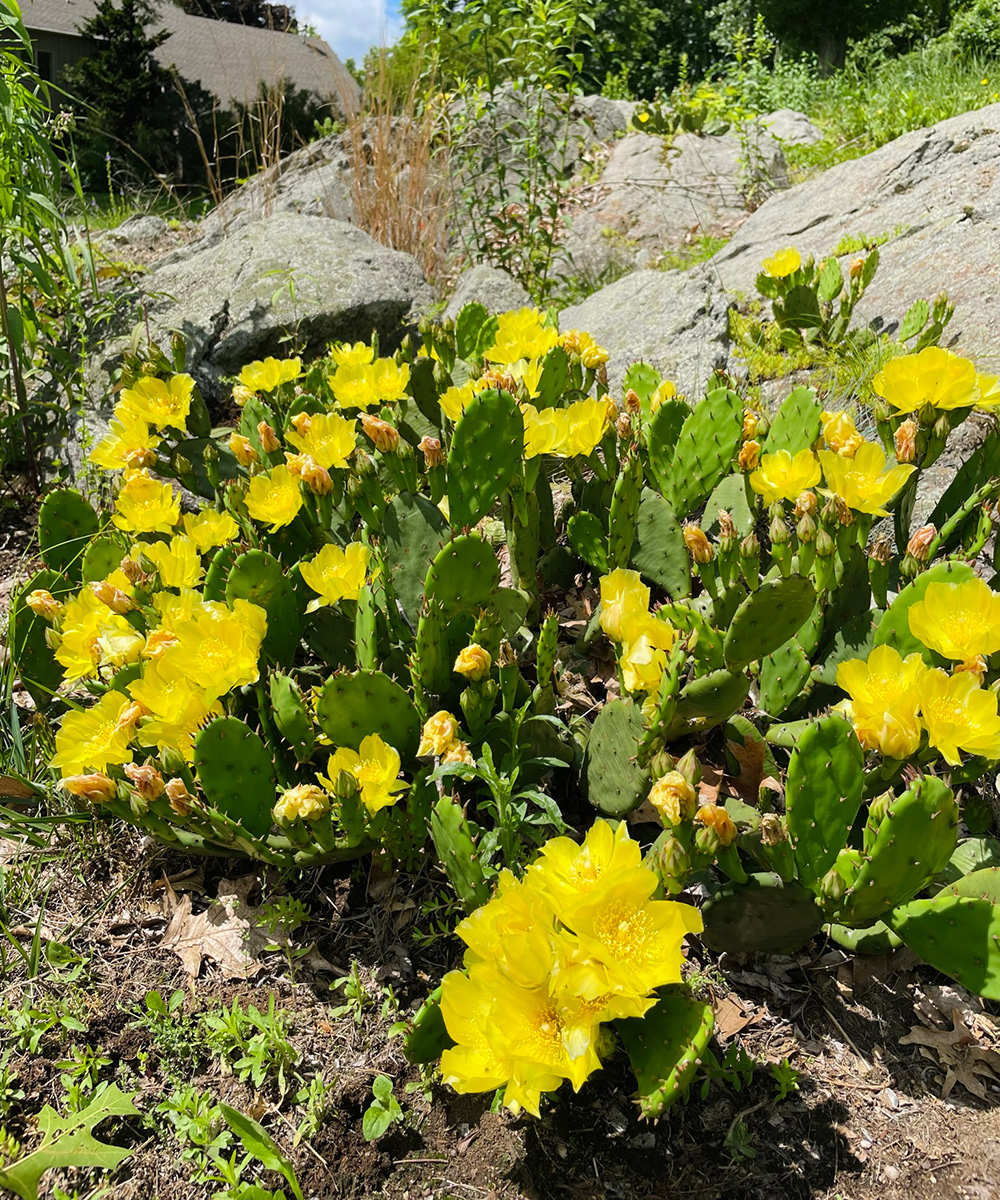
Eastern prickly pear
Opuntia humifusa
Zones: 4–9
Size: 6 to 12 inches tall and 12 to 18 inches wide
Conditions: Full sun; well-drained soil
Conservation status range: S1 (extremely rare)– S4 (apparently secure)
Though common in cultivation, I often find people are astounded to learn this prickly pear is native to the Northeast. It will look alarmingly dead all winter but survives our cold climate with special cells that function like antifreeze. As might be expected from a cactus, Eastern prickly pear is a habitat specialist, which makes it even more important to protect the sandy coastal areas and rocky cliffs it inhabits. Its glorious large yellow flowers and the novelty of its exotic appearance make prickly pear particularly susceptible to wild collection. I like to imagine poachers might get a fistful of the plant’s tiny painful glochids as punishment. Fortunately for gardeners, this fascinating plant is easy to find in nurseries, easy to propagate by rooting pads, and easy to grow if you have full sun and well-draining soil.

American bittersweet
Celastrus scandens
Zones: 3–8
Size: 15 to 20 feet tall and 3 to 6 feet wide
Conditions: Full sun to partial shade; lean to average soil
Conservation status range: Extirpated–S3 (uncommon)
Most gardeners shudder at the word “bittersweet.” But before the invasive Asian bittersweet (Celastrus orbiculatus, Zones 4–8) was introduced, the Northeast would have only known American bittersweet, a rambling and twining vine of woodland edges and open areas that resembles its nightmarish relative. Our native bittersweet is most easily distinguished by its orange fruit, which it holds at the tips of its shoots rather than scattered down the stem like the Asian species. Perhaps it’s not the most ornamental vine, but for those interested in growing this beleaguered plant, it is available commercially. However, removal of Asian bittersweet is even more important for the recovery of American bittersweet populations. Not only does Asian bittersweet steamroll over the American species, but the two can hybridize, resulting in further loss of the distinct native plant.
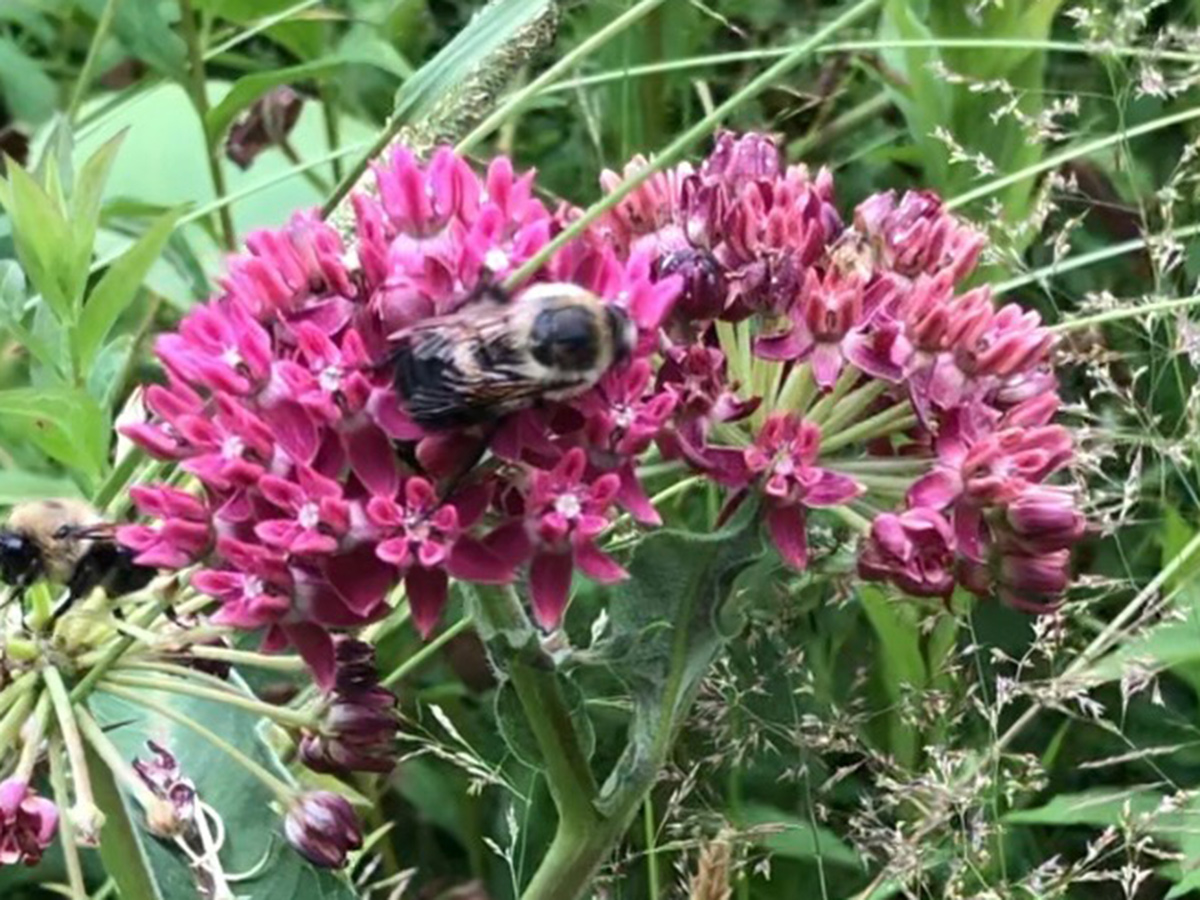
Purple milkweed
Asclepias purpurascens
Zones: 3–8
Size: 2 to 3 feet tall and 1 to 3 feet wide
Conditions: Full sun to partial shade; well-drained soil
Conservation status range: Extirpated–S2/S3 (rare to uncommon)
Purple milkweed is a wide-ranging species yet is increasingly uncommon throughout the many states in which it’s found, due primarily to invasive plant pressure and the loss of its favored savannah-type habitats. It resembles common milkweed (Asclepias syriaca, Zones 3–9), with which it often grows, but its eye-catching bright purple flowers command much more attention. This cohabitation with common milkweed is thought to also partly be responsible for the loss of the species, as they can hybridize and the resulting seed is often sterile.
In the garden, purple milkweed behaves as mysteriously as it does in the wild. Sometimes it fails to bloom, and sometimes it doesn’t grow at all, only to reappear the next year! This pretty plant, which can be grown from seed, is equal parts frustration and reward for the gardener who attempts to grow it.
Learn More about Endangered Plants
There are many wonderful online resources for continued learning about our threatened native flora, and most states maintain a list of endangered plants with their specific status in the state. You can also submit sighting reports with some states and botanical associations if you are fortunate to come across a rare plant.
Here are some helpful resources:
Discuss this article or ask gardening questions with a regional gardening expert on the Gardening Answers forum.
And for more Northeast regional reports, click here.
Chloë Bowers is a landscape designer based in Newtown, Connecticut.
Fine Gardening Recommended Products
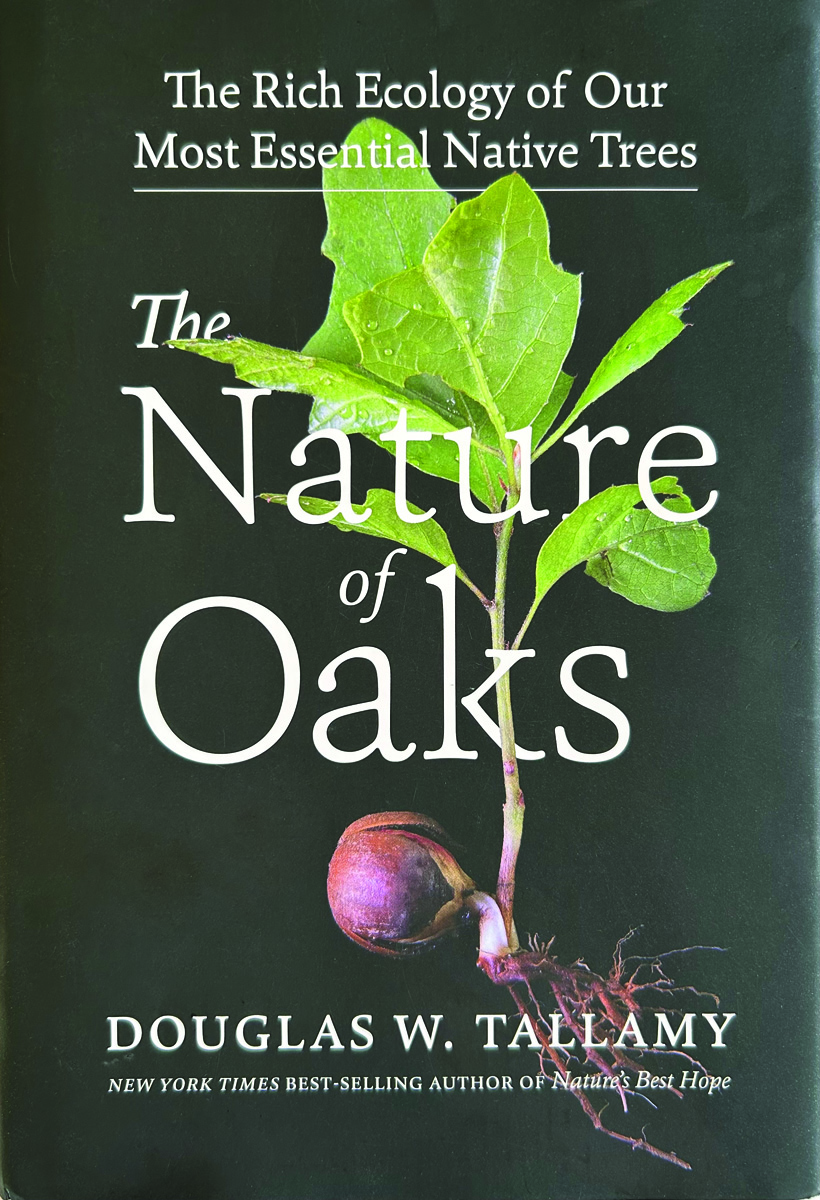
The Nature of Oaks: The Rich Ecology of Our Most Essential Native Trees
Fine Gardening receives a commission for items purchased through links on this site, including Amazon Associates and other affiliate advertising programs.
The Nature of Oaks reveals what is going on in oak trees month by month, highlighting the seasonal cycles of life, death, and renewal. From woodpeckers who collect and store hundreds of acorns for sustenance to the beauty of jewel caterpillars, Doug Tallamy illuminates and celebrates the wonders that occur right in our own backyards. He also shares practical advice about how to plant and care for an oak, along with information about the best oak species for your area.
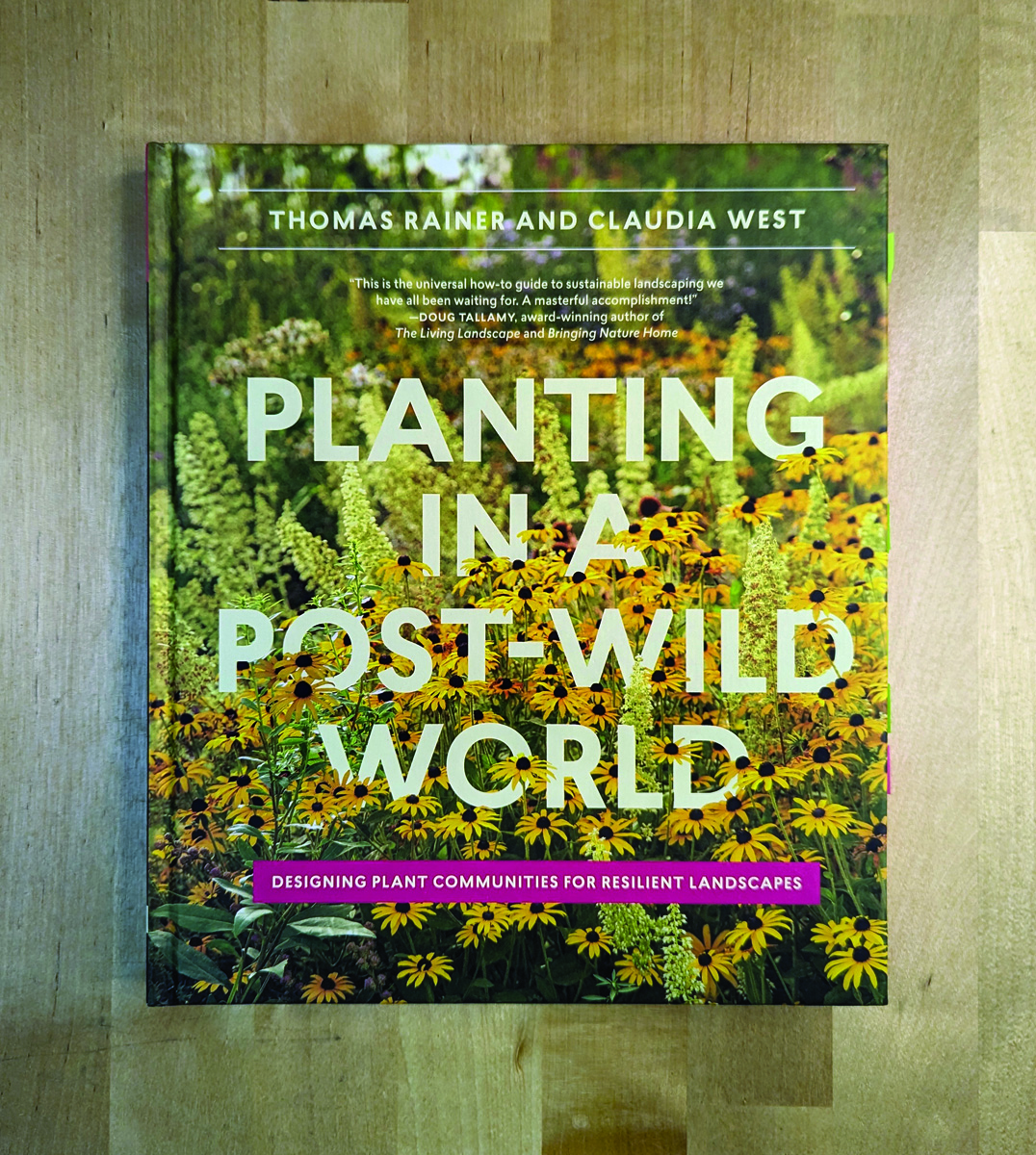
Planting in a Post-Wild World: Designing Plant Communities for Resilient Landscapes
Fine Gardening receives a commission for items purchased through links on this site, including Amazon Associates and other affiliate advertising programs.
Featuring gorgeous photography and advice for landscapers, Planting in a Post-Wild World by Thomas Rainer and Claudia West is dedicated to the idea of a new nature—a hybrid of both the wild and the cultivated—that can nourish in our cities and suburbs.
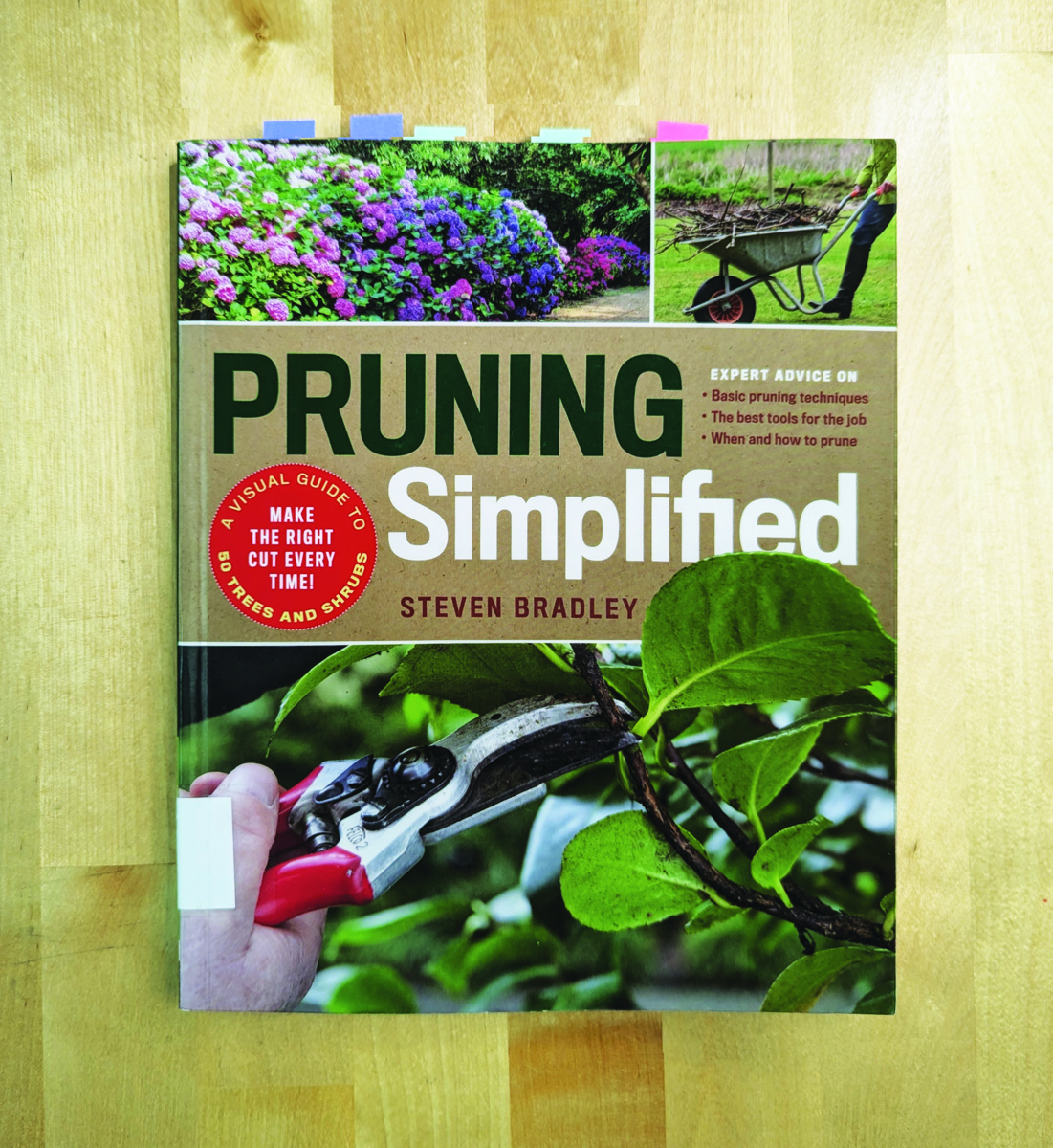
Pruning Simplified: A Step-by-Step Guide to 50 Popular Trees and Shrubs
Fine Gardening receives a commission for items purchased through links on this site, including Amazon Associates and other affiliate advertising programs.
Pruning Simplified shows you exactly how to do it. This must-have guide offers expert advice on the best tools for the job, specific details on when to prune, and clear instructions on how to prune. Profiles of the 50 most popular trees and shrubs—including azaleas, camellias, clematis, hydrangeas, and more—include illustrated, easy-to-follow instructions that will ensure you make the right cut the first time.

